Last Updated on February 5, 2025
WHMIS Symbols 2025 with meanings [New Updated] Symbols (pictograms) are used in WHMIS to represent the type of hazard a hazardous substance presents visually. This will also help for WHMIS Test 2024.
WHMIS Pictograms/ Symbols
Workplace Hazardous Materials Information System (WHMIS) was introduced in Canada in 1988 so that workers could receive information about the hazardous products they may use.
The WHMIS Pictograms/ Symbols are graphic images that immediately show you what type of hazard a hazardous product presents. With a quick glance, you can see, for example, that the product is flammable, or if it might be a health hazard.
Most pictograms have a distinctive red, diamond-shaped border. Inside this border is a symbol representing the potential hazard (fire, health hazard, corrosive, etc.). Together, the symbol and the border are referred to as a pictogram. Pictograms are assigned to specific hazard classes or categories.
WHMIS Symbols are used in WHMIS to represent the type of hazard a hazardous substance presents visually. You will see both pictograms and class symbols in the workplace and it’s important to understand both.
WHMIS Symbols 2025 Symbols with meaning (New)
WHMIS 2015 retains the use of class symbols:
|
Symbols |
Description |
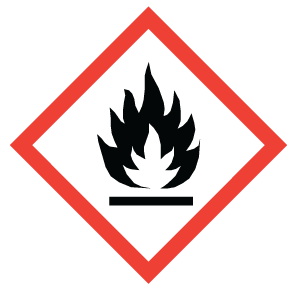 |
Name: Flame
Meaning: Oxidizer Classes and Categories
|
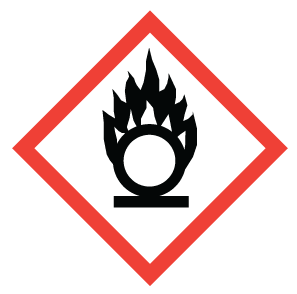 |
Name: Flame Over Circle
Meaning: Flammable, Self-Reactive, Pyrophoric, Self-heating, In Contact With Water, Emits Flammable Gases, Organic Peroxide Classes and Categories
|
 |
Name: Exploding Bomb
Meaning: Explosive**, Self-Reactive (severe), Organic Peroxide (severe) Classes and Categories
|
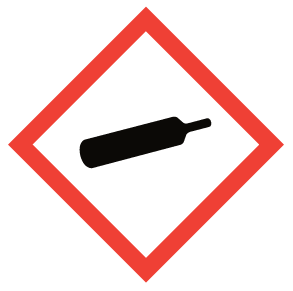 |
Name: Gas Cylinder
Meaning: Gas Under Pressure Classes and Categories
|
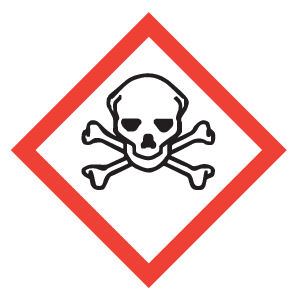 |
Name: Skull and Crossbones Meaning: Acute Toxicity (fatal or toxic) Classes and Categories
|
 |
Name: Corrosion
Meaning: Serious Eye Damage, Skin Corrosion, Corrosive to Metals Classes and Categories
|
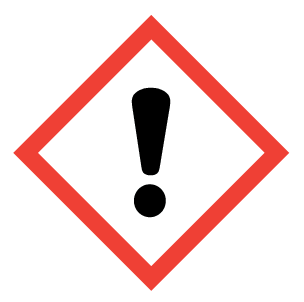 |
Name: Exclamation Mark
Meaning: Irritation (skin or eyes), Skin Sensitization, Acute Toxicity (harmful), Specific Target Organ Toxicity (drowsiness or dizziness, or respiratory irritation), Hazardous to the Ozone Layer** Classes and Categories
|
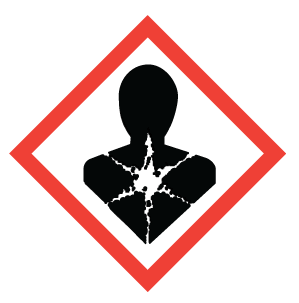 |
Name: Health Hazard
Meaning: Carcinogenicity, Respiratory Sensitization, Reproductive Toxicity, Target Organ Toxicity, Germ Cell Mutagenicity, Aspiration Hazard Classes and Categories
|
 |
Name: Environment
Meaning: Aquatic Toxicity** May cause damage to the aquatic environment |
 |
Name: Biohazardous
Meaning: Biohazardous Infectious Materials Classes and Categories
|
* Both the Flame and Explosive pictogram are used for Self-reactive substances and mixtures (Type B) and Organic peroxides (Type B)
** Not required by WHMIS 2015, but may be used.
WHMIS 1988 (Old) Symbols with meaning
WHMIS 1988 retains the use of class symbols: The following table shows the pictograms. The name of each pictogram is in bold type. The words in the brackets describe the hazard.
|
Symbols |
Hazard class |
Meaning |
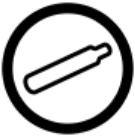 |
CLASS A | Compressed Gas |
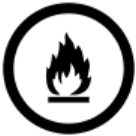 |
CLASS B | Flammable and Combustible Material |
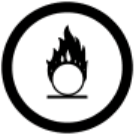 |
CLASS C | Oxidizing Material |
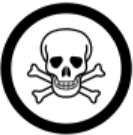 |
CLASS D1 | Poisonous and Infectious Material (causing immediate and serious effects) |
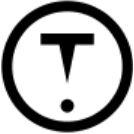 |
CLASS D2 | Poisonous and Infectious Material (causing other toxic effects) |
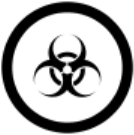 |
CLASS D3 | Poisonous and Infectious Material
(Biohazardous Infectious Material) |
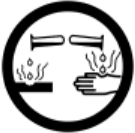 |
CLASS E | Corrosive Material |
 |
CLASS F | Dangerously Reactive Material |
Download WHMIS Symbols 2024 with meanings [PDF]
| Document Type | Download Link |
| Free Editable Doc File | |
| Free Printable PDF File |
- WHMIS Practice Test 2025 With Study Guide [PDF]
- WHMIS Quiz – 1 Practice Test Question Answer [PDF]
- WHMIS Quiz – 2 Practice Test Question Answer [Live Score]
- WHMIS Symbols Quiz Question Answers
- WHMIS Test 2020 (30 Questions) Part 1
- WHMIS Symbols (study guide)
Reference: https://www.ccohs.ca/WHMISpictograms.html

![WHMIS Symbols 2025 with meanings (Pictograms) [New Updated]](https://gotestprep.com/wp-content/uploads/2020/06/WHMIS-Symbols-with-meanings.png)